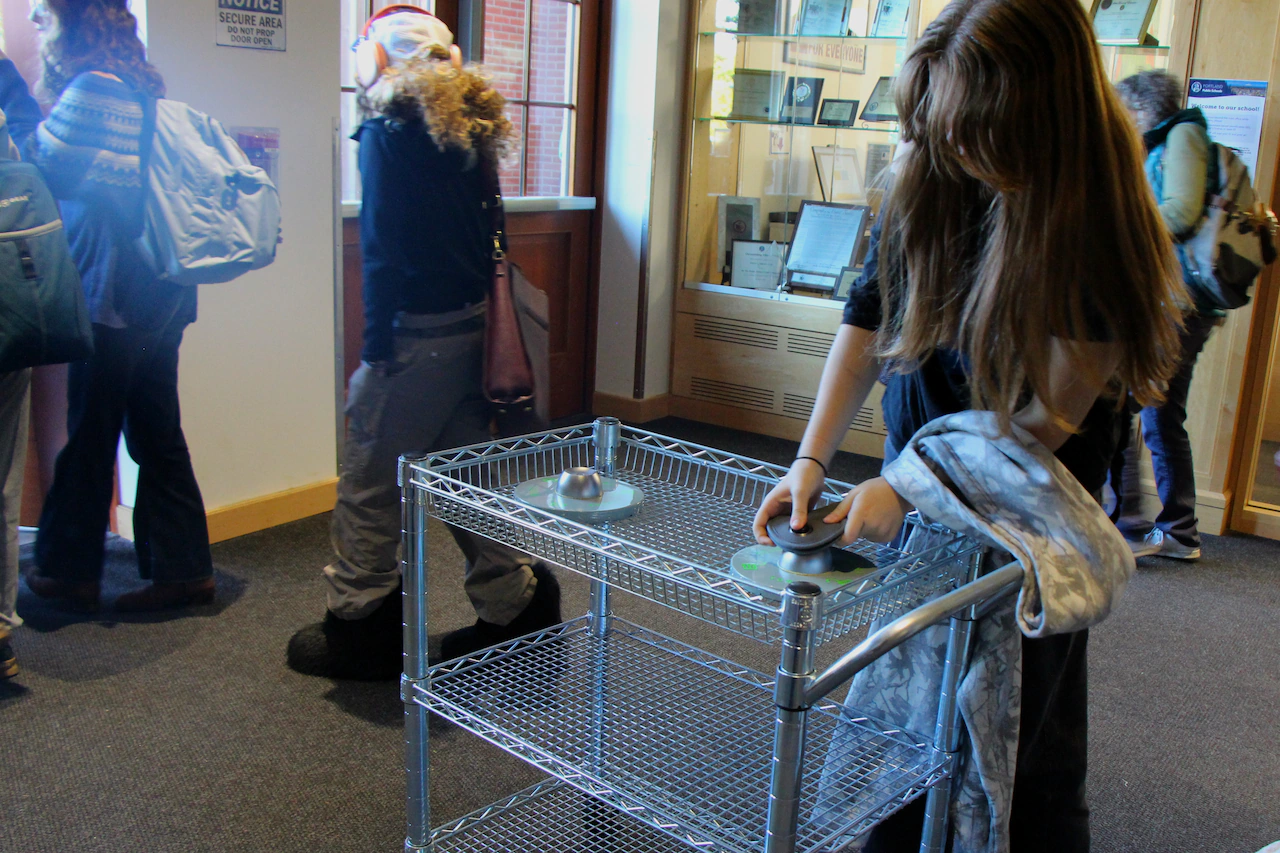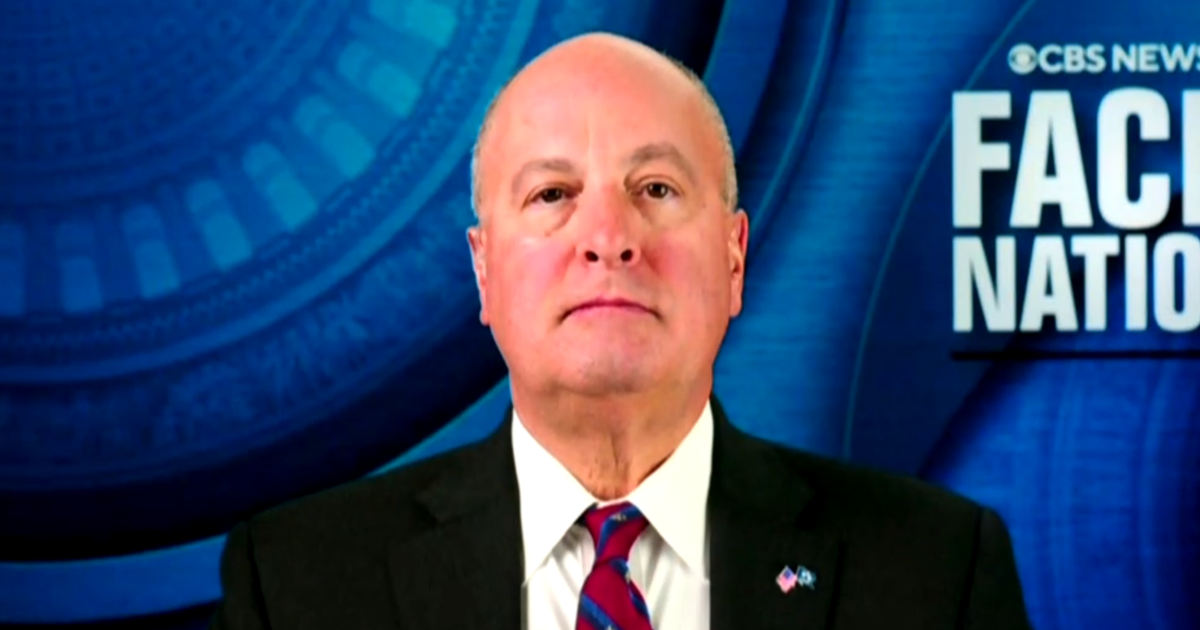Copyright The Oregonian

Oregon leaders, from legislators to school board members, have hailed Gov. Tina Kotek’s executive order implementing a new bell-to-bell ban on mobile devices in schools statewide, saying it will improve everything from academic outcomes to mental health. But the reality inside high schools around the state doesn’t exactly match that rosy vision. The Oregonian/OregonLive asked a team of its Youth Voices reporters to document a regular day during the first weeks of the cellphone ban in high schools in Portland, Beaverton, Eugene and Bend. The high school journalists found that enforcement of the new ban is spotty and remains dependent on individual teachers and building administrators. Students, meanwhile, are finding ways around it, even as some concede that the new policy has improved their classroom experience. Westview High School in the Beaverton School District is typical. On a Tuesday in late September, a Youth Voices reporter observed students scrolling on phones during some classes, particularly during the beginning and the end of class, and more were checking phones during passing periods, despite the school’s “off and away all day” policy. Ida B. Wells High School, in Southwest Portland, is one of a growing number of schools across the state to issue lockable phone pouches to students to use during the school day. A Youth Voices reporter there found that some students use their pouches diligently, while others say their phones were left at home or in cars in order to avoid putting them in pouches. In classes where Ida B. Wells teachers were strict about the ban, phones stayed away, a Youth Voices reporter found, though students scrolled Instagram or played online games via school-issued Chromebooks. But in a class where the teacher took a more laid-back approach to enforcing the ban, phone use was rampant. Like Ida B. Wells, Grant High School in Northeast Portland uses locking phone pouches, and the school has a reputation for being very strict around phone use. Despite this, a Youth Voices reporter observed a fellow student scrolling TikTok during a lecture on a Wednesday afternoon in September, and other students putting burner or fake phones in the pouches without being detected. Not all school districts in the state have fully implemented the ban, which must be in place by Jan. 1. Summit High School in Bend, for example, has a policy where students are required to place phones in hanging caddies known as “cell hotels.” But the level of enforcement varies. A Youth Voices reporter there found that when Summit teachers used the cell hotels to take attendance — marking students absent if their phones weren’t in the assigned spots — the caddy was full. But in classes where the teacher seemed less concerned with the number of phones in the caddy, only a few students followed policy rules and between classes, the reporter found, “phones out in force.” And at South Eugene High School, where, like Summit, a full bell-to-bell ban won’t go into place until Jan. 1, a Youth Voices reporter spotted one student playing video games on an iPad under a desk without any form of reprimand. District-mandated cell hotels were regularly only half-to-two-thirds full in many classes. ‘More interaction between students’ Teachers and students tend to agree that phones shouldn’t be out in force during class, unless needed for an assignment, like recording interviews or taking photos for a journalism course. “There’s been a lot more interaction between students. The collaboration has been better,” said Paxton Foster-Kramer, a senior at Ida B. Wells High, of the cellphone ban. “It’s forcing students to talk more, since they don’t have access to their phones.” For some students, like Grant High School sophomore Kiyomi McCollister, the threat of disciplinary action for being caught with a phone out is a highly effective deterrent, even though she’d be in favor of having access to phones at lunch and passing periods. McCollister said she does have some concerns around safety when she doesn’t have access to her phone. But in Bend, Summit High senior Madelyn Brown admitted that some students will “do whatever it takes not to abide” by the current system of having to place their phone in a caddy when they get to class. But even for hold-outs, Brown said she suspected that the caddies worked better than just expecting students to not be tempted by their devices when keeping them tucked away in their backpacks. “I probably just feel more comfortable having my phone with me so I can contact someone if it is absolutely necessary,” she said. (School resource officers and others have emphasized that in case of an emergency, students should stay off their phones to keep lines open for emergency responders, to stop rumors from spreading and to keep quiet so they don’t miss instructions from their teachers.) But students, staff and administration have all raised persistent questions about a bell-to-bell ban, including how students can connect with coaches, parents and employers during school hours. “It’ll be hard for admin to manage it just because you’ve got over a thousand students and [administrators] can’t be everywhere at once,” said South Eugene High senior Oscar Guillemin, on the policy that will go into effect in his district in January. “And I think they probably know and we know there are bigger issues in schools that need enforcement than just someone checking their texts during lunch. We can join the military, but we can’t use our phones during lunch?” At Bend’s Summit High, Vice Principal Kristy Knoll said that when the policy goes fully into place in January, she’s expecting to spend a good chunk of time on enforcement. “I think I’m wondering whether it will be smarter or wiser at the high school level to continue what we are doing now,” Knoll said, referencing the caddy system, with a lack of ban during lunch and passing periods. “During passing time, at lunch, on your own time, I don’t know. I think we maybe need to be working on teaching kids how to use their cellphones appropriately during those times, versus just keeping them completely away.” Enforcement falls to teachers No matter what policies the school board members or the state Legislature pass, once the classroom doors close, the enforcement of the ban is in the teachers’ hands. Like other students, Guillemin said he does put his phone in the required “cell hotels” in some classes but not all, depending on how much the teacher enforces its use. That sounds familiar to Tim Loveless, who teaches advanced placement government, economics and philosophy at Ida B. Wells High School. He said he’s been following the new policy “loosely” in his classroom, but that he should probably crack down. Strict enforcement of the policy means being willing to stop a lesson when he spots a phone, and call down to the office so an administrator can come and remove the offending device, he said, which not only distracts the whole class, but also takes away from precious teaching time. “One of the things that generally happens, at least in my classroom, is things start off strict, and get looser over time,” Loveless said. “But so far in the classroom with students, I’m seeing a positive impact, academically and socially. Some kids are still finding a way to be distracted, but I think overall kids are more connected to what’s going on in class and socially, too.” The state steps in State Sen. Lisa Reynolds, D-Portland, was one of the key sponsors of the statewide cellphone ban during this year’s legislative session. That proposal ultimately fell apart in the Senate Education Committee over concerns that it was too prescriptive and would be expensive for strapped school districts to implement without any accompanying funding with it. “Our dismal mental health and academic performance in our K-12 population felt like a real call to action,” Reynolds said. “The pivotal year in our decline in literacy, was really 2013 which coincided with the ubiquity of smartphones, furthermore mental health issues.” Kotek stepped in, and required school districts to adopt a bell-to-bell ban by Jan. 1, via an executive order signed July 2, while still leaving it up to individual districts on how they will implement the ban, including how students will store phones and how violators will be disciplined. At a recent round table on the topic, Reynolds, a pediatrician, said phone free schools would help everything from student literacy levels to alleviating high anxiety in teens. “I see it everyday in my practice,” Reynolds said. “There’s a clear correlation, if not causation, between time spent on social media and depression and anxiety.” State Rep. April Dobson, D-Happy Valley, also worked on the statewide policy, after helping to pass a similar ban as a school board member of the North Clackamas School District, which emerged as a prototype for the rest of the state. “I am hearing from students that they are having more conversations with each other during lunch and during passing periods,” Dobson said. “There is laughter in the cafeteria again during lunch and (I’m hearing) from teachers that students are really engaged in the classroom in a way that they have not seen in years.” Dobson also noted that attendance in North Clackamas improved by 6% from the prior year after the new policy was implemented. Research surrounding whether cellphone bans can impact academic outcomes is still in its infancy, said Jennifer Doty, a researcher at the University of Oregon, but she said early results are promising. Kathy Masarie, a parenting expert who has written extensively about the digital impacts on child development, said school districts struggling with enforcement of the new state rules should keep things simple: Tell students that all phones that are put during the school day are subject to confiscation without exception, and store phones away from students during the school day. “Research shows that even a phone that is turned off on your body and your backpack is distracting, so that’s why we recommend number one, centralized storage near the main office. It doesn’t have to be expensive. Phones can go in a pencil pouch, in a plastic bin on a rolling cart,” Masarie said. Allowing students to have phones in pockets or even backpacks, is almost guaranteed to fail, Masarie said, because it’s nearly impossible for administrators to enforce and police. Finally, she said, schools should document what works and the before-and-after, so that they can track the impacts of phones and a phone ban on anything from disciplinary referrals to absenteeism, and eventually, grades and even drop-out-rates. Reynolds said she understands that there are still kinks to be worked out around the state as high schools and middle schools work to implement the new policy effectively. “We’re going to start here,” she said. “We’re going to see how it goes. If it feels like this isn’t sufficient to get some of the improvements we need to see in mental health and in academic outcomes, we’ll figure out a way.”



